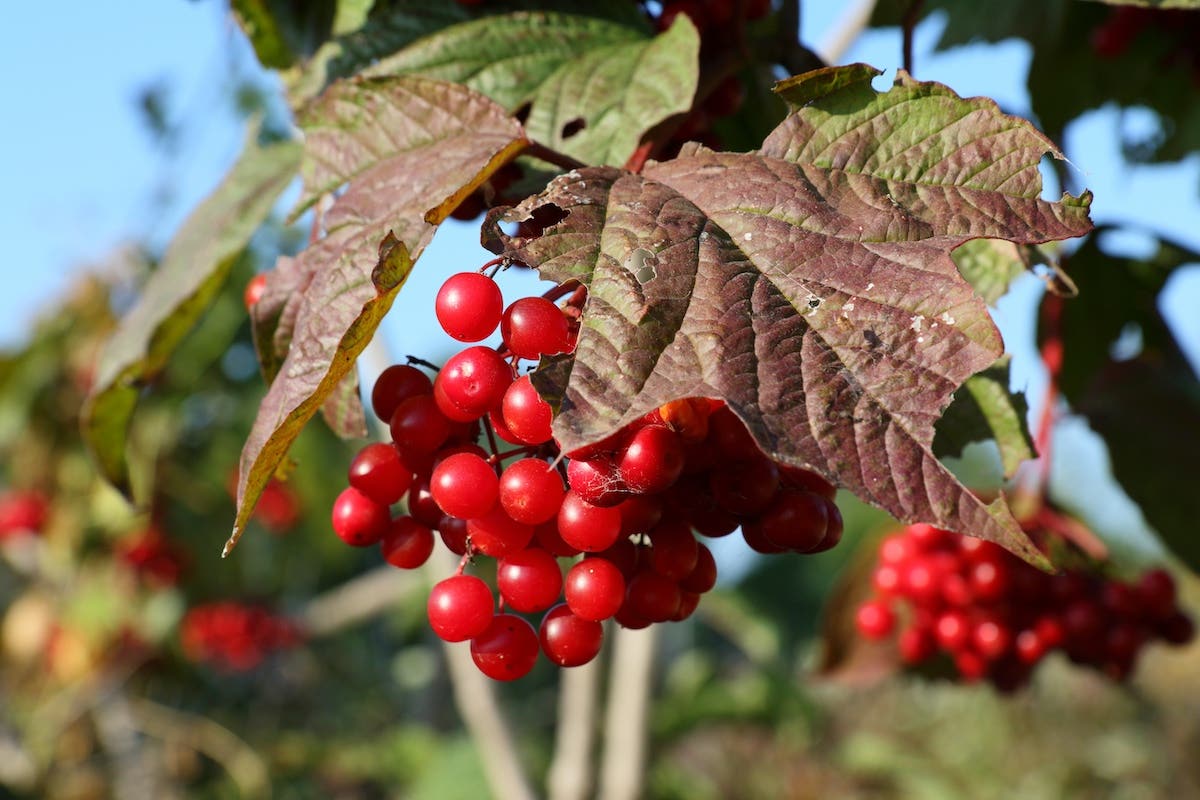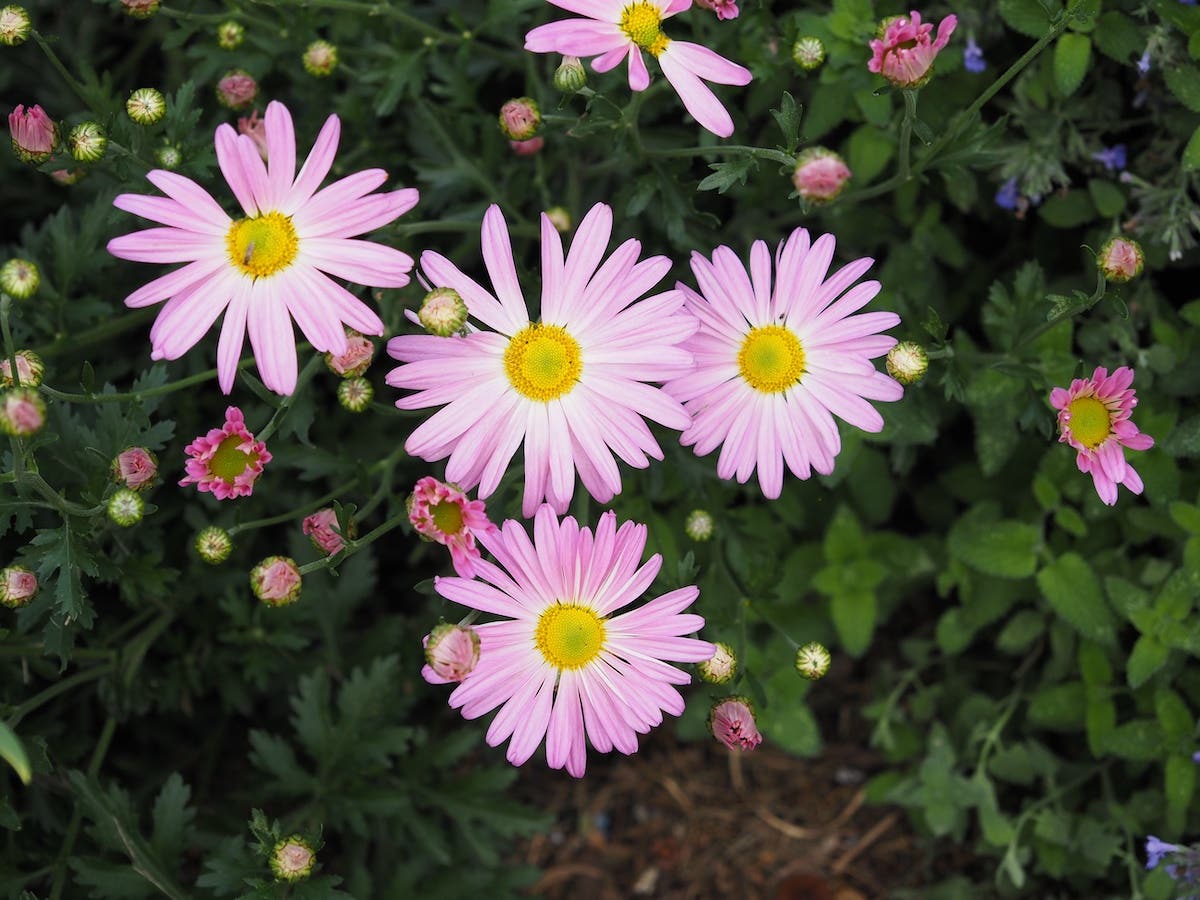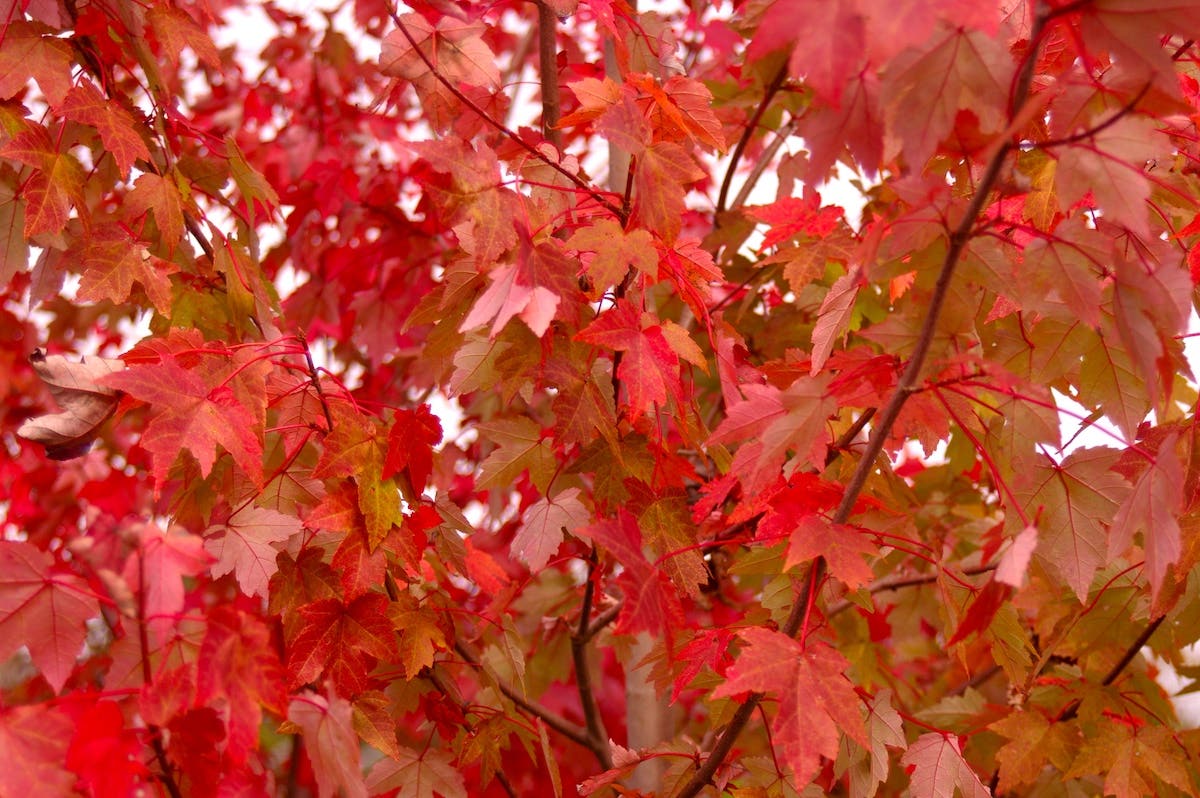American Smoketree Provides Year-Round Color and Texture
Plant the native Cotinus obovatus, or American smoketree, for its unusual summer flowers, fiery fall foliage and exfoliating bark.
American smoketree (Cotinus obovatus) is a small tree native to the southern United States. Though not as widely used in gardens as its European cousin (smoketree, or Cotinus coggygria), this is a beautiful multiseason tree that needs little care, preferring poor soil. It offers outstanding fall foliage, scaly bark and the same smoke-like summer flowering as the better-known C. coggygria cultivars.
Common name: American smoketree
Botanical name: Cotinus obovatus
Origin: Southeast to southcentral United States, on bluffs, slopes and limestone glades.
Flowers: Appearing in summer, the actual flowers are greenish yellow and not particularly eye-catching. They are small in size but held in large panicles (to 10 inches long). However, male flowers bear long, reddish purple, wispy hairs that persist even after the flowers fade and give the tree a smoky or cloud-like appearance.
Foliage: Broadly oval, the leaves emerge pink in spring and change to bluish green for the summer. In fall, the foliage turns vivid shades of orange, purple and red before dropping.
Size and habit: American smoketree slowly grows to 20 to 30 feet tall, with a rounded crown of equal width. As it matures, the tree develops scaly bark that peels in large, rough plates.
Growing American smoketree
Exposure: Full sun to part shade
How to grow it: American smoketree prefers well-drained, rocky soil that's low in nutrients. It grows best with even, moderate moisture and full sun. Once established it can resist short periods of drought. Avoid fertilizing this tree or overwatering it. USDA Zones 4–8.
Image credits: Flowering by Plant Image Library/CC BY-SA 2.0; Fall leaf and bark by peganum/CC BY-SA 2.0.







